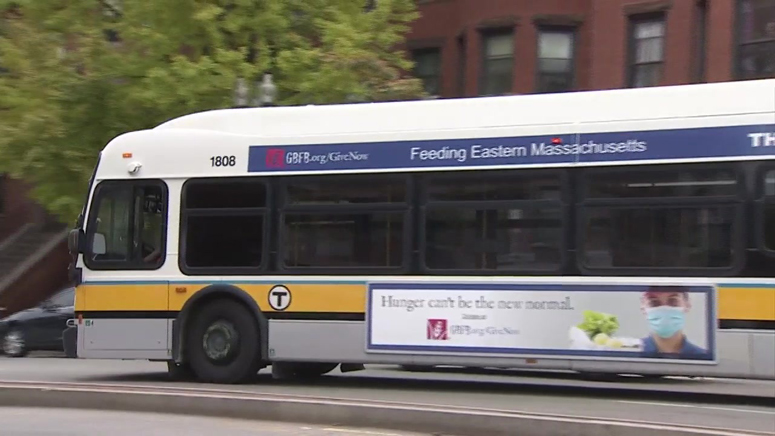For several months, warnings about the MBTA’s dire financial outlook have come alongside reports of low, but better-than-expected, fare revenue amid the pandemic. That streak is now over.
The MBTA took in about $1.7 million less in fares than it budgeted in October, officials said Monday, while ridership numbers on buses and subways now appear to be declining or at least leveling out — hinting that the trend that pushed transit officials into planning a package of unpopular service cuts may be worsening.
MBTA General Manager Steve Poftak told the Fiscal and Management Control Board that average daily tap-ins at subway stations have dropped from about 140,000 in September to between 110,000 and 120,000 more recently, while bus trips have similarly declined from recent daily highs of 185,000 to about 160,000.
“We don’t know if that’s in response to fewer folks wanting to travel, but it nevertheless does seem to, at a minimum, be flat over a significant period of time with an aggregate, on a rolling average, of a decline, albeit a modest one,” Poftak said.
Ridership has been down significantly amid the pandemic, draining the T of anticipated fare revenue and contributing to a budget gap of more than half a billion dollars looming in fiscal year 2022.
While outlining proposed cuts, T officials said this month the system now transports about 330,000 trips per day, compared to the 1.26 million it hosted before the pandemic with about the same level of service offered.
Despite the harrowing outlook on the horizon, the first few months of fiscal 2021 went somewhat better than expected and fare revenues surpassed budgeted amounts. In October, fares came in below projections for the first time this fiscal year, prompting Transportation Secretary Stephanie Pollack to warn the agency still has “a pretty big hole to climb out of.”
The budget gap forecast for next year — now sitting at $584 million after the latest revision factoring in updated projections — could shrink by more than $100 million if ridership trends follow a more optimistic pattern, perhaps influenced by the arrival of a vaccine.
T staff suggested that any revenue above expectations should be used to cushion against the next deficit that will hit in FY23, likely at a similar scale to the problem in FY22, rather than to reverse any of the service cuts or spending alterations under consideration now to close the gap.
Pollack warned that the winter might see even fewer rides than the roughly 25 percent of pre-pandemic levels currently observed across the system. If that happens, she said, it could mute any of the positive revenue effects from a rebound in ridership in spring 2021 — an optimistic outcome that is by no means guaranteed.
Even a significant improvement in the public health or economic outlooks, she said, might not guarantee a change in commuting behaviors.
“I don’t want to be Debbie Downer, but if we just go ahead and cross our fingers and hope the riders appear and that nothing is changed with telework and nothing is changed with the number of enrolled college students and nothing is changed with telemedicine and all the rides just come back, and it doesn’t happen that way, then you have a budget gap at a time when you can’t fix it,” Pollack said.
The FMCB is set to vote on Dec. 7 on a set of major cuts to the T’s services. The plan officials drafted includes halting all ferry service and weekend commuter rail service, trimming subway frequency by 20 percent, closing 25 bus routes and more.
So far, that proposal has met with widespread public pushback. Riders, elected officials and activists have warned that it could push even more drivers onto roadways, disproportionately affect low-income or nonwhite riders, and impose long-lasting changes onto the system. However, there is no groundswell of support in the Legislature for a package of revenues that might spare T services from the chopping block.
(Copyright (c) 2024 State House News Service.

